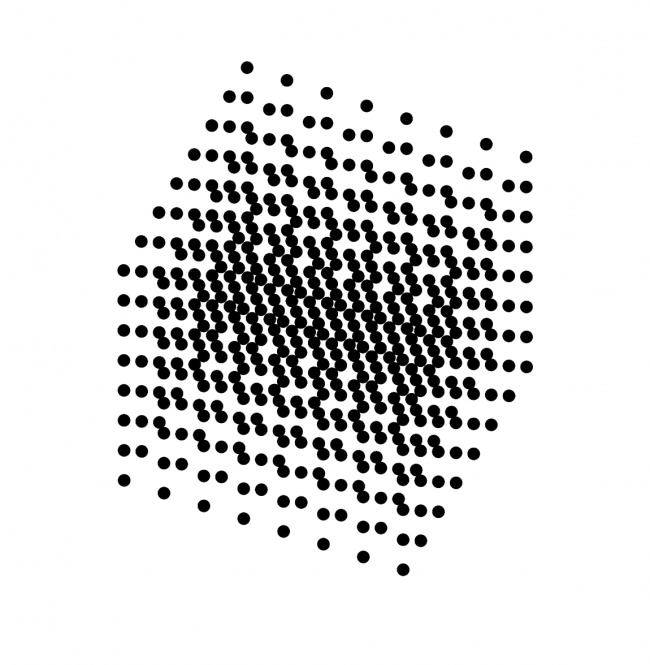Howdy, Stranger!
We are about to switch to a new forum software. Until then we have removed the registration on this forum.
Categories
- All Categories 25.7K
- Announcements & Guidelines 13
- Common Questions 30
- Using Processing 22.1K
- Programming Questions 12.2K
- Questions about Code 6.4K
- How To... 4.2K
- Hello Processing 72
- GLSL / Shaders 292
- Library Questions 4K
- Hardware, Integration & Other Languages 2.7K
- Kinect 668
- Arduino 1K
- Raspberry PI 188
- Questions about Modes 2K
- Android Mode 1.3K
- JavaScript Mode 413
- Python Mode 205
- Questions about Tools 100
- Espanol 5
- Developing Processing 548
- Create & Announce Libraries 211
- Create & Announce Modes 19
- Create & Announce Tools 29
- Summer of Code 2018 93
- Rails Girls Summer of Code 2017 3
- Summer of Code 2017 49
- Summer of Code 2016 4
- Summer of Code 2015 40
- Summer of Code 2014 22
- p5.js 1.6K
- p5.js Programming Questions 947
- p5.js Library Questions 315
- p5.js Development Questions 31
- General 1.4K
- Events & Opportunities 288
- General Discussion 365
In this Discussion
- Chrisir March 2018
- Haagse March 2018
- jeremydouglass March 2018
- kfrajer March 2018
- koogs March 2018
Replace sphere with ellipses in 3D mode
Dear all interested readers,
The next sketch makes this:
A 3D grid with spheres, to be rotated with the use of peasy.

I would, however, replace the spheres by ellipses, to make a better PDF output. But, of course, when I replace a sphere with an ellipse, the ellipse would rotate and loses the shape of a perfect circle.
What would it take to maintain the orientation of the ellipse while rotating the cube?
Thanks in advance for helping me out :-)
code:
import processing.pdf.*;
import peasy.*;
import peasy.org.apache.commons.math.*;
import peasy.org.apache.commons.math.geometry.*;
PeasyCam cam;
int afstand = 70;
boolean record;
void setup() {
size(600, 600, P3D);
cam = new PeasyCam(this, 10000);
noStroke();
fill(0);
ortho(-width, width, -height, height);
}
void draw() {
background(#ffffff);
if (record) {
beginRaw(PDF, "cube.pdf");
}
for (int i=0; i<8; i++) {
for (int j=0; j<8; j++) {
for (int k=0; k<8; k++) {
pushMatrix();
translate((i-3)*afstand, (j-3)*afstand, (k-3)*afstand);
sphere(10);
popMatrix();
}
}
}
if (record) {
endRaw();
record = false;
}
}
void keyPressed() {
record = true;
}
Tagged:

Answers
look at reference of PeasyCam; is there a way to receive the current angles (i guess there are 2)?
@joshuakoomen --
Hmm. Just brainstorming -- I wonder if you could use screenX to retrieve 3D coordinates and then draw ellipses on a separate buffer image at the corresponding screen location.
https://processing.org/reference/screenX_.html
Instructions:
*** Remember that in peasyCam you can double click in your sketch to reset the current cam view of your sketch. While keeping this in mid, then:
1- Use key
rto toggle the option to show rotated ellipses or no rotation at all 2- Use keysto save into pdf 3- Assuming you start from init cam state, press eitherx,yorzto rotate 90 deg on that axis. You can use dbl-click to see the action of recovering your init cam orientation aka. what axis the restoration is happening on 4- Usepto print the current rotation matrix on the console as reported by peasycamKf
But the OP wants the ellipses to always face the front, like billboard sprites.
Whenever I've done this I use a 2d renderer and do the 3d rotation calculations myself and just use the X and y coords of the result. You're using ortho so there's no perspective to worry about. You won't be able to use peasycam though.
I wonder if you could use PeasyCam as the interface, translate to get the xyz coordinates at 0,0,0 -- and then retrieve a 2D x and y for each using e.g.
The catch is:
In order to get flat/ortho results you would then need to draw the ellipses onto a 2D PGraphics -- not into the P3D space. So the base sketch is P3D with PeasyCam interface, and the output buffer is default Java2D. However I am not sure how/if rendering a PGraphics interacts with the PDF beginRaw().
Thank you all so much for the tips. Kfrajer's post was really helpful.
@jeremydouglass I have been thinking about that kind of solution, but I wouldn't know how to plot it correctly. Also, Kfrajer's solution was very effective for what I needed to achieve.
there's no reason the pdf writing part has to use the interactive part of the code - just put it inside a big
if (record)block